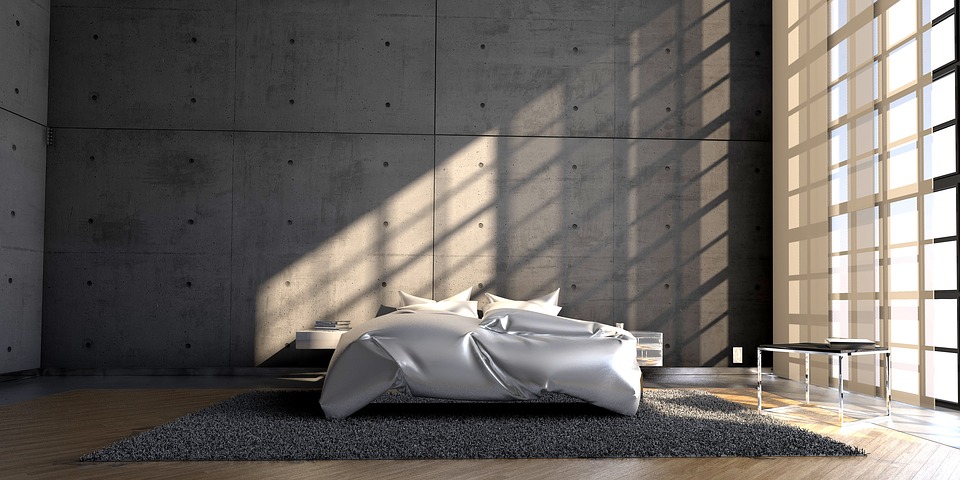It’s widely held that around 10-50% of a home’s energy loss happens through windows and doors. Of the energy lost through windows, it’s believed that about 90% of the energy is transmitted through the glass itself. One of the technologies that help to prevent this energy loss is one that was first brought to market in 1975 – Low-Emissivity (or, Low-E) window glazing.
If the windows in your home are relatively new, it likely has some kind of Low-E layer. Low-E glass prevents 100% of UV radiation from entering your home. Since it’s designed to keep outside temperatures outside and inside temperatures inside, your Low-E windows are likely playing a big role in keeping your energy costs low. With less energy usage, your carbon footprint is reduced. If you’re building a house or replacing your windows, be sure to consult a professional before committing to a specific Low-E window type, since there are a variety of options available.

